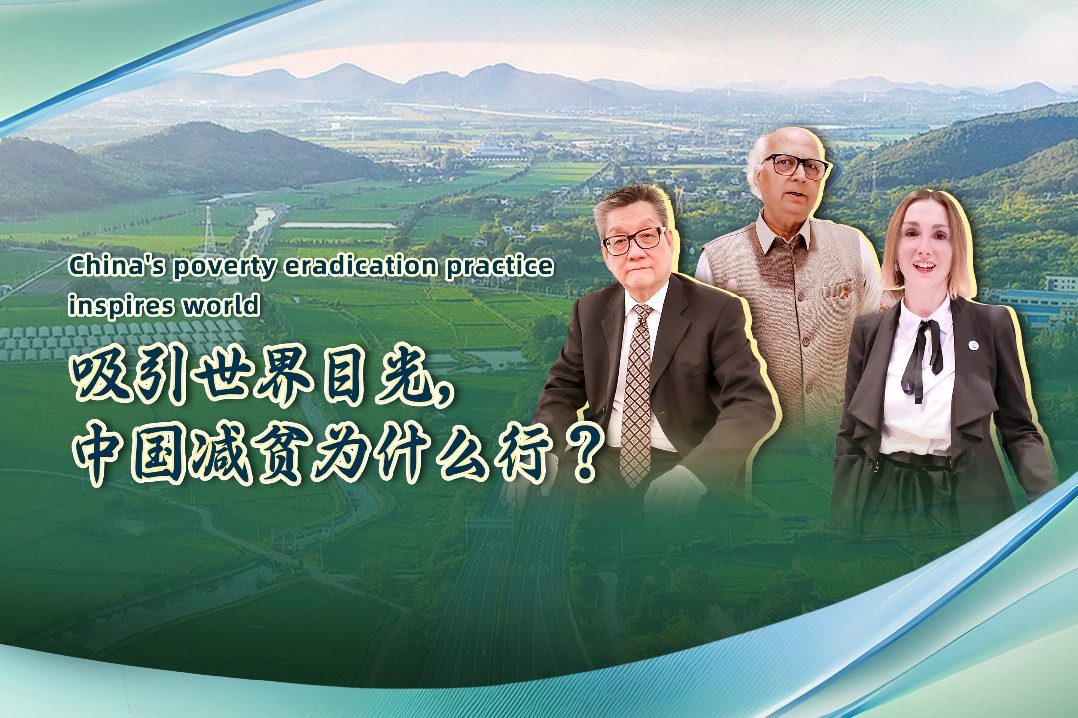With former stance a potential liability, Tokyo adopts damage limitation policy: China Daily editorial
chinadaily.com.cn | Updated: 2024-07-24 20:26
Over the past more than three years, the Fumio Kishida government of Japan has strained ties with Beijing with its willingness to act as a proxy for Washington in the Asia-Pacific. Be it in the East and South China seas and the Taiwan Strait or the US' "chip war" targeting China, Tokyo seemed confident that the US' anti-China stance would remain unchanged for the foreseeable future.
But US President Joe Biden calling time on his reelection bid on Sunday has made Tokyo perceivably jittery, in the fear that, if Republican presidential candidate Donald Trump is reelected, his "America first" policy will unavoidably leave Japan stranded high and dry. That's why the Kishida government is quietly adjusting its former one-sided pro-US policy, adopting a more balanced approach toward the United States and China.
In fact, Tokyo has been hedging its bet on the outcome of the US presidential election for a while. Long before Trump defeated his Republican rivals, the Kishida government was among the first to start contacting the Trump team in preparation for his possible reelection in November. But despite this, Tokyo fears its past enthusiastic participation in the Biden administration's power play in Asia will come back to haunt it if a new Trump administration takes a more jaundiced view of the value of the cliques that Biden has built.
Thus Tokyo hosted the 16th China-Japan strategic dialogue on Monday, which had been put on hold for four and a half years. The meeting between Japanese Foreign Minister Yoko Kamikawa and Vice-Foreign Minister of Japan Okano Masataka with visiting Chinese Vice-Foreign Minister Ma Zhaoxu earlier this week reportedly prepared the ground for a possible meeting between Kamikawa and Chinese Foreign Minister Wang Yi on the sidelines of a series of ASEAN-hosted meetings in Vientiane, Laos, starting on Thursday. That in turn may reportedly set the stage for a meeting between the top leaders of the two neighbors.
Such intensive diplomatic interactions between Beijing and Tokyo have been rare over the past few years, indicating the two sides' common and strong desire to repair their ties.
This adjustment of their China policy in preparation for the possible change of White House occupier is also observable among some other US regional allies, including the Philippines, which has just reached a temporary deal with China on their maritime disputes in the South China Sea.
Yet the Biden administration apparently does not want to see the alliance network in the Asia-Pacific that it has tried so hard to build over the past years dissolve so quickly, even before the presidential election result is known. That explains US Secretary of State Antony Blinken's back-to-back 11-day visits to Vietnam, Laos, Japan, the Philippines, Singapore and Mongolia starting from Wednesday, which marks the 18th Asia-Pacific visit of Blinken, and US Defense Secretary Lloyd Austin's visit to Japan and the Philippines starting from Friday.
It is the Biden administration's anxiety about the US losing one of its largest regional alliance networks in the world — a diplomatic and strategic asset Biden has bragged — that has prompted the hasty arrangement of the visits of its top diplomat and defense chief to the region.
The overlapping of Blinken and Austin's itineraries in Tokyo and Manila reflects the special roles the latter two have assumed in the Biden administration's strategy to contain China. How Tokyo and Manila will respond to the two US guests will be viewed carefully by Beijing as not only a test of their sincerity to mend ties with China, but also their confidence in their future ties with the US.
























